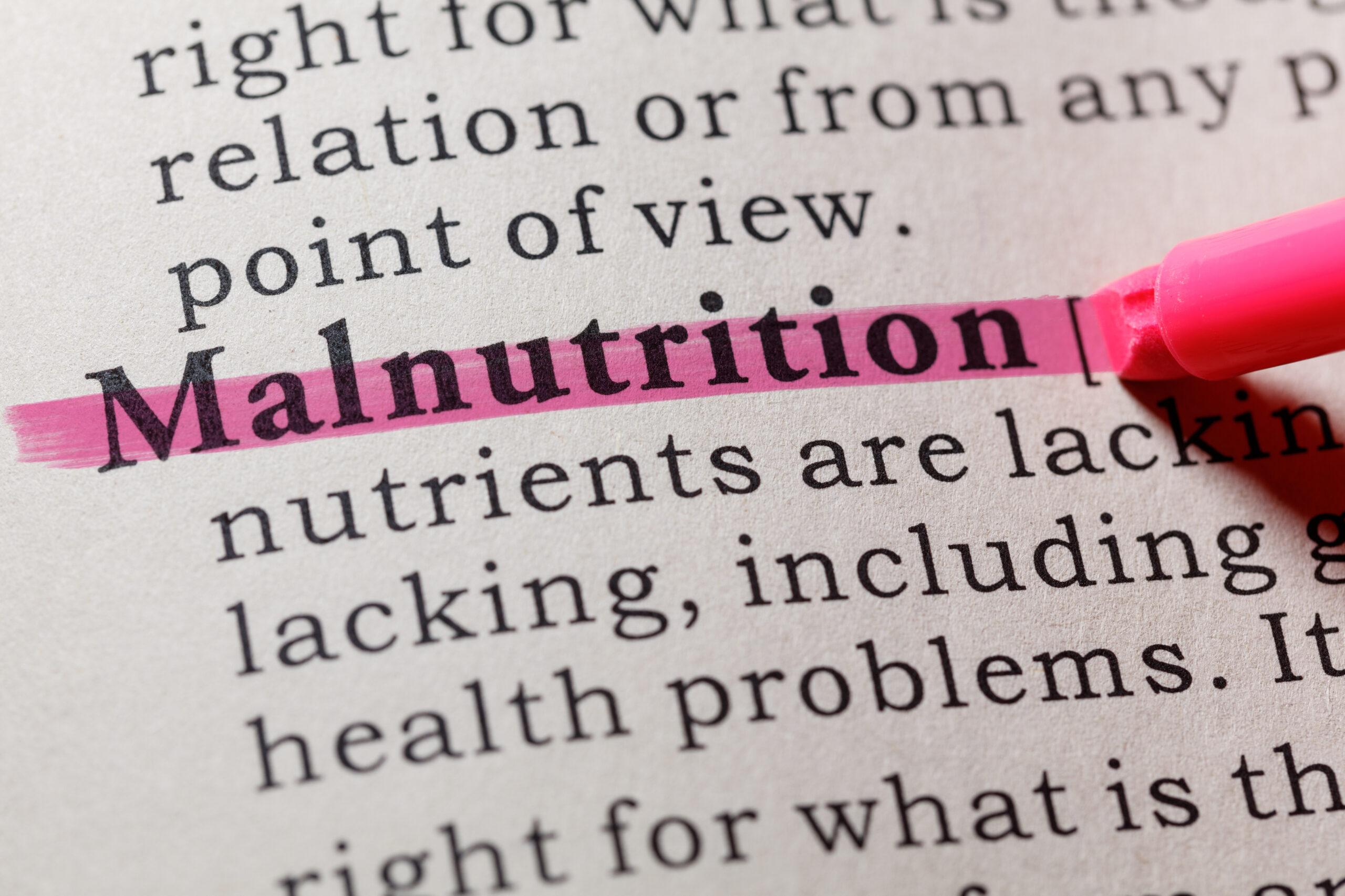When we hear the word “hunger,” most of us picture someone with an empty stomach or a family struggling to put food on the table. And while this picture is true and urgent, it’s only part of the story. There’s another, quieter crisis happening all around us — and it’s called hidden hunger.
Hidden hunger doesn’t always look like hunger. It often hides behind full plates and smiling faces. It’s the type of hunger caused not by a lack of food, but by a lack of nutrients. In other words, people may be eating enough calories to survive, but not getting the vitamins and minerals they need to thrive.
My Wake-Up Call
I’ve spent more than 30 years working in nonprofit leadership, from rural communities in the U.S. to the villages of Central America. In all that time, one of the most eye-opening realizations I’ve had is how invisible hunger can be. I remember visiting a small town in the U.S. where a local food pantry proudly told me they were serving hundreds of families a month. When I asked about the types of food they offered, the volunteer replied, “Mostly canned goods, boxed meals, and snacks—whatever people donate.”
It hit me. These families were getting food, but not necessarily nutrition. That’s when I began to understand how hidden hunger operates. It doesn’t cry out in the same way that empty stomachs do, but its effects can be just as damaging—especially for children, seniors, and low-income families.
The Long-Term Costs of Nutrient Deficiency
Hidden hunger leads to a wide range of health problems, including weakened immune systems, developmental delays in children, fatigue, poor concentration, and even chronic diseases like diabetes and heart conditions. These aren’t just statistics; they’re real outcomes that affect real people in our communities.
Children who suffer from hidden hunger may struggle in school—not because they’re lazy or disinterested, but because their brains aren’t getting the fuel they need. Seniors living on fixed incomes might fill their bellies with low-cost, high-calorie food, but face declining health due to a lack of essential nutrients.
It’s a silent epidemic, and it deserves just as much attention as traditional food insecurity.
Why Processed Foods Aren’t the Answer
One major contributor to hidden hunger is our over-reliance on processed foods. They’re cheap, they’re shelf-stable, and they’re often the first thing donated to food banks and pantries. But many of these foods are stripped of essential vitamins and minerals. They may fill stomachs in the short term, but they don’t nourish bodies for the long haul.
I’m not here to criticize anyone who donates boxed meals or canned soup—we all do what we can. But we also need to raise awareness about the importance of nutritional quality, not just quantity.
What We Can Do About It
So, how do we begin to address hidden hunger?
- Rethink Donations – Encourage food drives to focus on healthy options. Canned vegetables, beans, tuna in water, low-sodium soups, whole grains, and shelf-stable dairy alternatives can make a big difference.
- Educate Communities – Partner with schools, churches, and community centers to teach people how to prepare nutritious meals on a budget. Sometimes, it’s not about access—it’s about knowing how to make the most of what you have.
- Support Local Agriculture – Community gardens, farmer partnerships, and fresh produce markets can bring healthier food into food deserts. Programs that accept SNAP at farmers’ markets are a great example of this.
- Advocate for Better Policy – From school lunch standards to food assistance programs, we need to make sure our policies are supporting not just the fight against hunger, but the fight for health.
- Engage Donors Differently – When we talk to donors, we must go beyond the “meals served” metric. Let’s start telling the story of nutritious meals, and why that distinction matters.
A Call to Compassion
As a man of faith, I believe we are called not only to feed the hungry but to feed them well. Compassion means more than handing out a meal—it means caring enough to ask, “Is this truly helping?” Hidden hunger challenges us to go deeper, to look beyond appearances, and to seek solutions that uplift the whole person—body, mind, and spirit.
I often think of the scripture in James 2:16 that says, “If one of you says to them, ‘Go in peace; keep warm and well fed,’ but does nothing about their physical needs, what good is it?” Addressing hidden hunger means doing something. It means finding ways to nourish with dignity.
Closing Thoughts
The journey from hunger to health is not a straight path. It’s filled with complexity, quiet suffering, and often invisible battles. But it’s also filled with hope—because we can do something about it.
If we shift our focus from just feeding to nourishing, from quantity to quality, we can begin to end hidden hunger. We can build a society where everyone—not just the wealthy—has access to the nutrients they need to live full, productive lives.
Let’s move beyond the surface. Let’s open our eyes to what hunger really looks like. And let’s respond with wisdom, compassion, and action.
Together, we can make a real difference.
